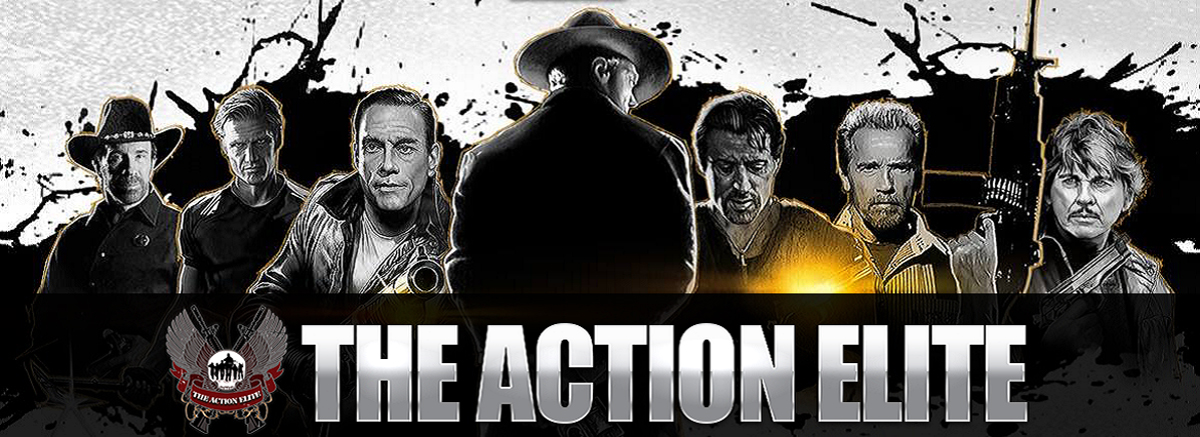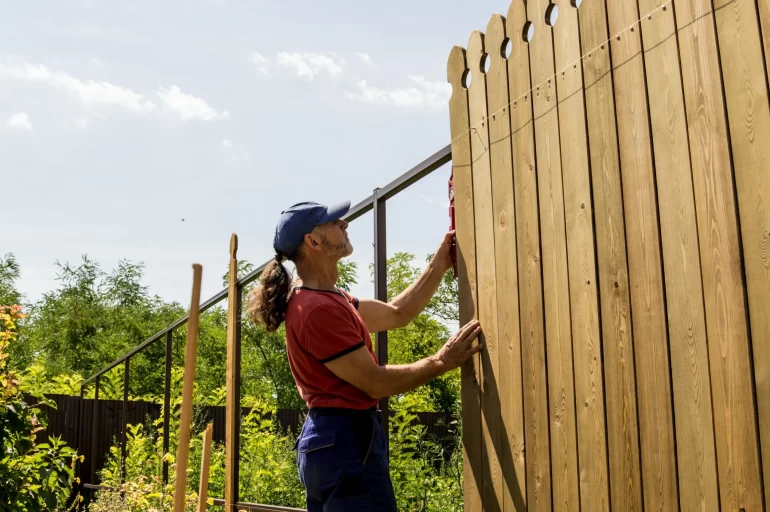There was a time when fences were simply about keeping things in—or keeping things out. But today, fences play a much bigger role in shaping the functionality, personality, and even efficiency of modern properties.
Whether you’re a homeowner redefining your outdoor space or a builder helping clients bring their vision to life, understanding what goes into a successful fence installation is more important than ever.
This article explores how fences have evolved beyond boundaries—and how the planning process can make or break their impact.
Start with Purpose, Not Material
Before you consider style or cost, the most important question is: Why do you need a fence?
Every property is different. Some require maximum privacy. Others need containment for pets or children. In some cases, it’s about aesthetics and defining visual zones in a large yard.
Here are common goals that shape fence planning:
- Security: Higher fences, solid panels, or durable materials like metal or aluminum
- Privacy: Limited visibility options like wood or vinyl panels
- Decoration: Stylish touches that add curb appeal
- Containment: Practical solutions for pets, play areas, or pools
- Separation of spaces: Dividing garden areas, driveways, or neighbor borders
Once you define the purpose, the rest of your decisions—materials, height, spacing, and layout—become much easier to navigate.
Site Conditions Matter More Than You Think
Not all yards are created equal. Sloped terrain, soil type, drainage patterns, and underground utilities all affect the success and longevity of a fence.
Before installation, take the time to:
- Mark out your property lines with precision
- Evaluate any grade changes (which may require stepped or contoured panels)
- Identify obstacles like tree roots, sprinkler lines, or buried cables
These factors not only influence how your fence installation should proceed—they may affect which materials are even feasible.
For instance, a wood fence might shift over time in moist soil, while a vinyl fence resists water-related warping but may require deeper posts in loose ground.
Choosing the Right Material for the Right Job
Modern fencing materials aren’t one-size-fits-all. Each comes with pros, cons, and ideal use cases.
1. Vinyl Fence
- Best for: Low-maintenance, long-term durability
- Benefits: Weather-resistant, fade-resistant, no painting required
- Considerations: Limited customization compared to wood
Vinyl is great for homeowners who want clean lines and consistent appearance year-round without maintenance stress.
2. Wood Fence
- Best for: Natural aesthetics, custom styles, classic charm
- Benefits: Easy to cut, stain, or paint; versatile design options
- Considerations: Requires sealing or staining to prevent rot and warping
Wood remains a go-to for those who appreciate warm tones and traditional looks—but it comes with the commitment of occasional upkeep.
3. Metal Fence
- Best for: Decorative protection, pet-safe barriers, security
- Benefits: Strong, often visually unobtrusive, customizable designs
- Considerations: May require rust protection over time, depending on type
Metal can project elegance or authority depending on design—perfect for front yards or formal landscapes.
4. Aluminum Fence
- Best for: Lightweight, corrosion-resistant applications
- Benefits: Similar look to wrought iron without the maintenance
- Considerations: Not suitable for high-impact security zones
Aluminum is often used around pools, patios, or gardens where you want visibility without sacrificing style.
Fence Height Isn’t Just About Privacy
Many homeowners assume taller is better—but height affects everything from wind exposure to zoning compliance.
A six-foot wood fence might block views and create privacy, but it can also cast shade on flower beds or attract wind damage in open areas. Meanwhile, a four-foot aluminum fence might offer containment without the visual interruption.
Be sure to check your local ordinances for:
- Maximum allowable fence height by zone
- Setback requirements from sidewalks or property lines
- Material restrictions for front vs. backyard fencing
Overbuilding or misplacing a fence can lead to costly fines—or the need for a full redo.
The Importance of Post Placement
Fence posts are the literal foundation of your entire fence system. Skimping on placement or materials here leads to sagging, leaning, and shortened lifespan.
General guidelines include:
- Placing posts no more than 6 to 8 feet apart (depending on material and style)
- Digging below frost lines to prevent shifting in winter
- Using concrete footings for strength and stability
Even with lightweight options like vinyl fences, sturdy post placement ensures straight lines and long-term performance.
Functional Add-Ons Worth Considering
Your fence can work harder with the right additions:
- Gates: Double gates for wide access, childproof latches for safety
- Toppers or lattice panels: Add height or visual flair
- Decorative post caps: Prevent water absorption in wood fences
- Integrated lighting: Solar options for ambiance and security
Planning these features during initial fence installation is easier (and more cost-effective) than retrofitting later.
A Word on Longevity and Maintenance
Regardless of which fence type you choose, think long-term.
Wood fences may need staining every few years. Metal fences require periodic checks for rust. Vinyl fences need occasional hose-downs but little else. Aluminum fences offer one of the best maintenance-to-lifespan ratios available today.
Choosing the right material up front reduces surprises and ensures your fence looks great year after year.
Installation Shouldn’t Be an Afterthought
Even the best material won’t perform if it’s installed improperly. Hiring a professional team ensures correct alignment, secure footings, and code compliance—all of which protect your investment.
A reputable fence company can also walk you through permits, neighbor line coordination, and aesthetic matching to your landscape.
Many property owners find that while DIY fencing may seem cost-effective at first, the margin for error is high—and the cost of redoing mistakes quickly outweighs the savings.
That’s why working with professionals like Hawk Fences brings both peace of mind and quality assurance.
Conclusion: A Fence That Works as Hard as Your Yard Does
The days of fencing being an afterthought are over. In modern homes, a well-chosen and well-installed fence boosts property value, defines outdoor experiences, and reflects how you want your space to function.
Whether you’re installing a privacy wall, enclosing a garden, or adding a polished border to your front lawn, your fence should be as intentional as any part of your design plan.
Start with purpose. Choose your materials with care. And partner with experts who treat your fence like part of the home—not just its boundary.






